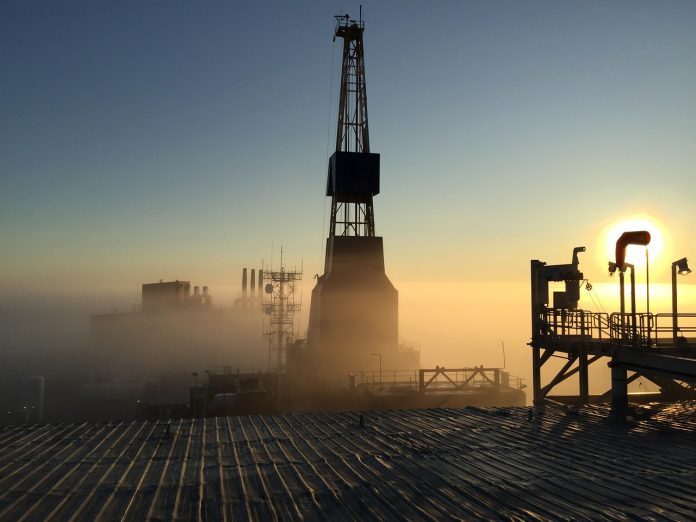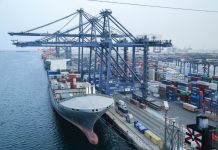The production of standard grade petrol (M-91) by Omani refineries has increased by 41% to touch 13.41 million barrels till the end of November 2018, over the same period of last year.
However, the output of super grade petrol (M-95) declined by 19% to 10.99 million barrels during January-November period of this year, according to data released by the National Centre for Statistics and Information (NCSI).
The surge in production of standard grade petrol over super grade petrol was supported by a significant growth in demand. The Sultanate has two refineries – Mina Al Fahal (Muscat) and Sohar Refinery, which are owned by Oman Oil Refineries and Petroleum Industries Company (Orpic).
The NCSI report also showed that gas oil (diesel) output rose by 22% to 27.57 million barrels while aviation fuel production jumped by 89% to 12.22 million barrels during the 11-month period of 2018, over the same period of last year. Production of liquefied petroleum gas (LPG) also inclined by 17% to 6.36 million barrels during the period under review.
Of the total production of M-91 grade petrol (which is the cheapest petrol available in the market), 10.95 million barrels were sold in the domestic market.
However, domestic sales of M-95 grade petrol stood at 26% lower at 10.47 million barrels while sales of gas oil (diesel) within the country stood steady at 14.48 million barrels during January-November period of 2018. Domestic sales of aviation fuel oil fell by 3% to reach at 4.30 million barrels while LPG sales within the country rose 11% to 2.33 million barrels during January-November period of 2018.
As far as petrochemicals are concerned, production of polypropylene by Orpic for the first 11 months of 2018 fell by 6% to 230,000 tons while output of paraxylene and benzene rose by 6% and 1% to 629,000 tons and 221,000 tons, respectively.
Further, Omani refineries exported 213,000 tons of benzene during the first 11 months of 2018 while exports of paraxylene and polypropylene stood at 599,000 tons and 184,000 tons, respectively.






